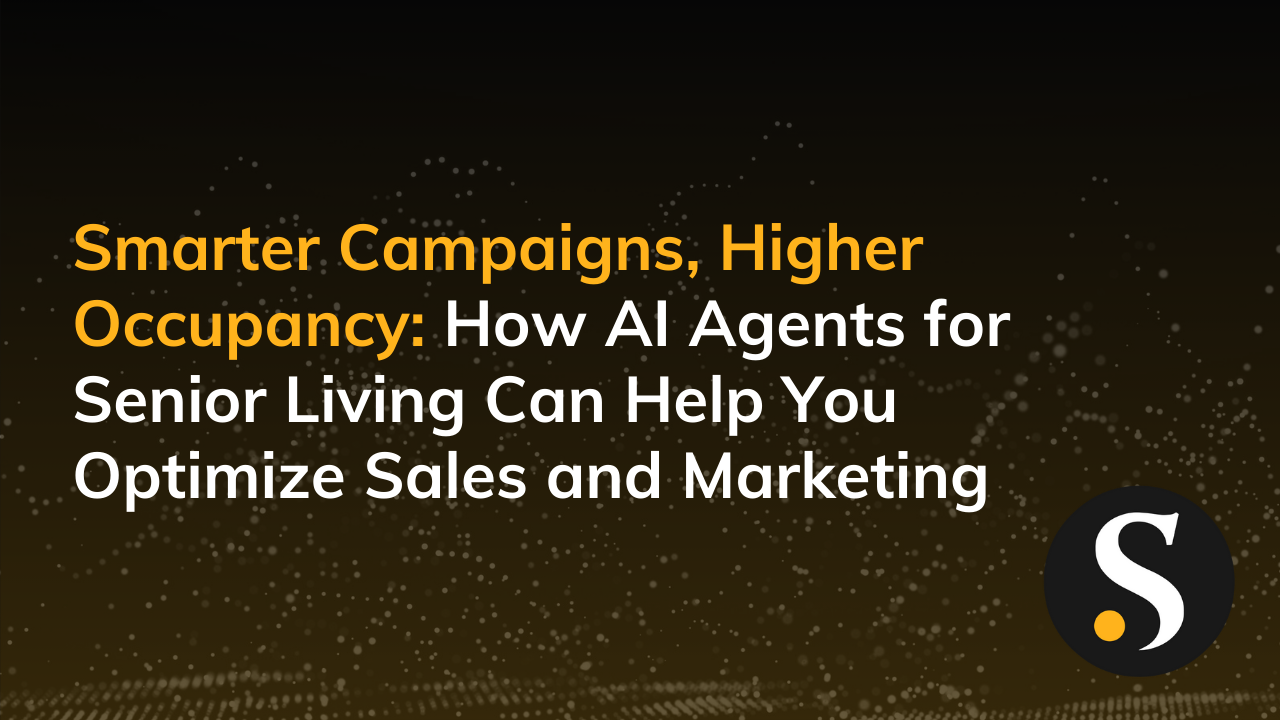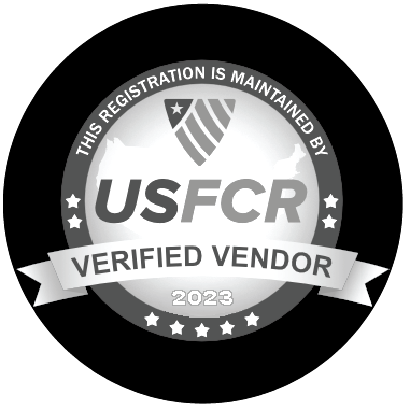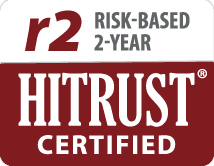Microsoft Office Macros have been a staple for automating repetitive tasks and business processes. But the time has come to bid farewell.
Don’t worry, we’re not sending you back to the Stone Age. We’re moving on to Power Apps.
Let’s take a look at what Microsoft Power Apps is, why you should leave macros behind, how you will benefit from Power Apps, and what business processes are good candidates for Power Apps replacement.
What Is Microsoft Power Apps?
Power Apps is a suite of easy-to-use development tools and data connectors that allow users to build custom business applications quickly. It’s a low-code development component of Microsoft’s Power Platform. When coupled with Power Automate, flows offer rich business logic to turn manual processes into automated workflows.
You support data collection and analytics by connecting the business apps to various online or on-premise data sources (i.e. SharePoint, Microsoft 365, Dynamics 365, SQL Server). Microsoft also offers a wide variety of premium connectors to many other platforms outside of the Microsoft ecosystem.
Why You Should Replace Macros
Many macros were built on old platforms. The lack of visibility into how they work makes them challenging to maintain. Meanwhile, outdated macros leave organizations vulnerable to hackers who seek out and exploit these security loopholes.
Using macros that are 10 or 20 years old is simply asking for trouble.
Not to mention, macros built into on-premise versions of Outlook, Word, or SharePoint may inhibit or delay your complete migration to Office 365 and SharePoint Online—thereby impacting other critical business initiatives.
The Benefits of Switching To Microsoft Power Apps
So it’s time to move on from macros. But why Power Apps?
Provision and Deployment
In legacy environments, macros are added to each machine separately and manually. Provisioning is often done on a case-by-case basis and requires complex scripting for remote installation and removal.
On the other hand, Power Apps doesn’t involve desktop application deployments, so you manage everything from a centralized location to simplify workflows while ensuring control and consistency.
Support and Maintenance
Macros are installed in individual machines and, therefore, maintained separately. Providing support is time-consuming and labor-intensive.
With Power Apps, you only update the code once and automatically deploy the app across all desktop and mobile devices. Rather than chasing down every PC, smartphone, and tablet to install updates, IT resources are able to spend more time and energy focusing on high-value strategic initiatives.
Scalability and Licensing
Power Apps allows you to quickly scale up business processes by simply adding users to an Azure Active Directory (AD) group instead of installing macros onto each user’s machine. You only have to set up Power Apps licensing once from the admin center.
Apply the configuration to all users and devices, so you won’t have different people in the organization doing different things, which inevitably leads to chaos, confusion, and unnecessary redundancy.
Accessibility and Flexibility
Business users create feature-rich apps and automate processes without writing code. They respond to fast-changing business requirements or market demands without waiting for IT assistance.
Apps built with Power Apps can be responsive. These apps run in browsers on desktop and mobile devices and via mobile apps on iPhones or Android phones to offer seamless remote access.
Security and Governance
Managing all your apps in a centralized location ensures that they’re updated regularly to eliminate security loopholes hackers exploit.
Upgrades are deployed to all devices as soon as they’re available, so nothing falls through the cracks. You’ll have more control over business apps used across the organization, along with increased visibility on how information is collected and governed to ensure data integrity.
Which Macros Should You Replace with Power Apps?
Power Apps allows you to create forms to capture metadata for document artifacts or product catalogs and review and approve content management lifecycle changes. You can also embellish existing forms and build personalized websites to support partner management, customer self-service, product support, and FAQs.
These Power Apps examples are good candidates for replacing macros:
- Absence reporting
- Quoting systems
- Client notifications
- Calendar tools
- Quizzes and questionnaires
- Conference room reservation systems
- Helpdesk ticketing systems
- Document templating systems
However, Power Apps isn’t a magic wand. There are limitations on how complex a business process it can support. Also, it can’t fully replace Excel VBA macros, which leverage the inherent strengths of an Excel spreadsheet to perform calculations.
Ready to Jump In With Microsoft Power Apps?
When you implement Power Apps, first define your objectives so you choose the right features. Leverage existing templates, understand your data sources, and use the appropriate connectors to balance costs and requirements.
While Power Apps will make everyone’s life easier in the long term, don’t assume that Power Apps implementation will be easy. Using Power Apps is a new skill, and it will take practice and determination to reap all the benefits.
The good news is that there are many great resources you can tap into to help you get started…including our own library of Power Apps tutorials.
Of course, you don’t have to go it alone. 












